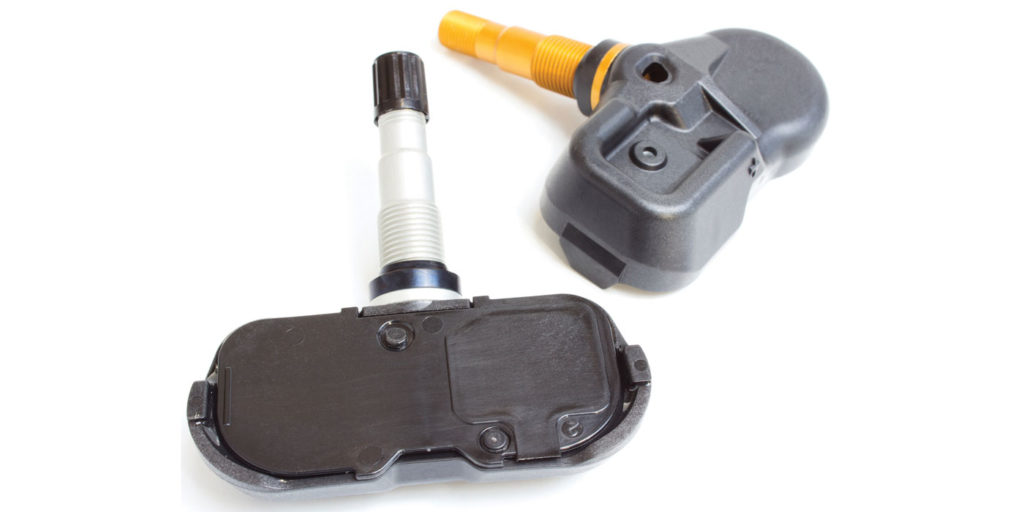Article courtesy TIRE REVIEW.
It is hard to believe, but it really wasn’t very long ago that programmable sensors were just a twinkle in the eye of the earliest TPMS pioneers. Just 10 years ago, shops were trying to keep up with TPMS service requirements by stocking dozens of OE replacement sensors so they could have the right one when they needed it. Achieving over 95% coverage was a large undertaking and often felt like a moving target for the typical shop.
Programmable sensors completely changed the way the aftermarket approached TPMS. It gave shops of all sizes the ability to achieve over 95% coverage while stocking a minimal number of parts.
The first programmable sensor was introduced to the market by Schrader in 2013. However, even at that point, the programmable sensor was not nearly as technically advanced as it is today. A shop needed to stock two part numbers, one for 315MHz and one for 433MHz, and it didn’t support upcoming technology, like auto-location. The single-SKU programmable sensor as we know it today didn’t come about until Schrader’s launch in 2015.
Since then, advancements of a more mechanical nature have been achieved. Many parts manufacturers also offer single-SKU programmable sensors with aluminum adjustable stem options that allow them to properly fit into more aftermarket wheel sets. Later came 90-degree packages that allowed sensors to properly fit into rims with 90-degree valve holes. Offering these new fitment options opened up a whole new market for TPMS in the aftermarket industry.
As we fast-forward to 2021 and beyond, advancements are focusing on coverage and speed of service. Programming speeds are getting quicker (as fast as one second) and programming processes are getting simplified, making TPMS service more profitable than ever. Programming tools are also becoming more affordable, which allows shops of all sizes to benefit from implementing a proper TPMS program.
Looking toward the future of TPMS, we are seeing tire-mounted sensors being developed that will detect more than air pressure and temperature alone; these sensors will be able to detect vehicle load as well as road conditions. There have also been advancements in Bluetooth sensors that don’t require an exclusive receiver. In addition to the advancements we have seen with direct TPMS systems in passenger vehicles over the past 10 years, we are also seeing advancements in adoption rates in the heavy-duty industry, with more retrofit kits available for a wider range of applications, like dually trucks, trailers, campers and motorbikes.
Seeing how far TPMS technology has come in just 10 years is extremely encouraging. TPMS offers many safety and efficiency benefits to the driver and also offers a more environmentally friendly approach to tire care. As we wait for the next big TPMS advancement to surface, whether you are a shop, a dealer, a distributor or a manufacturer, we should always be working on perfecting where we are today so we can be ready for the next advancement when it arrives.














